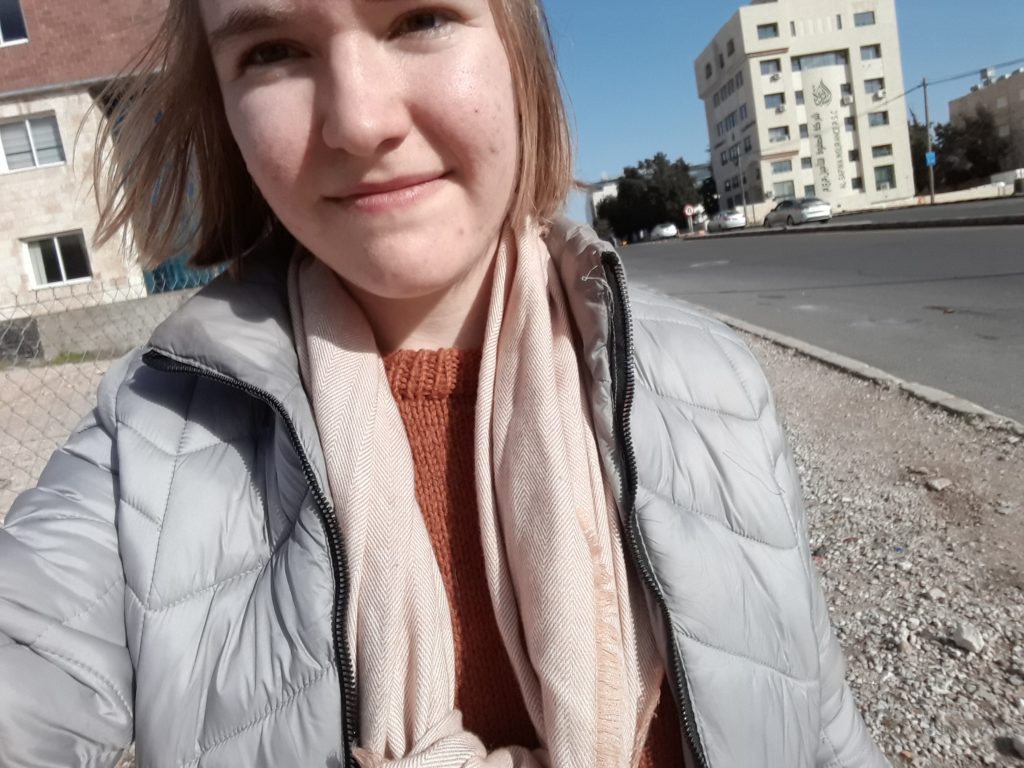I prepared for the major cultural differences before coming to Jordan. I knew that I would have to dress more conservatively than I do in the U.S., and I expected to struggle to communicate in Arabic. There are bunches of little cultural differences that are impossible to prepare for, though. Jordanian beds usually don’t have top sheets, for example, and toilet paper must be thrown away instead of flushed because the toilets use very little water. Another small adjustment I had to make was in my commutes.

“My neighbor says anything we plant
in September takes hold.
She’s lining pots of little grasses by her walk.”
Nye, Naomi Shihab. “Late August Hours before the Year 2000.” You and Yours, BOA Editions Ltd, 2005.
Every day, my commute begins with a short walk from my house to the place where I meet my friends to carpool. The sidewalks in Amman are very beautiful because they have trees and plants in the center. Unfortunately, this means that they are not very easy to navigate.
Amman has less of a culture of walking than cities in the U.S. Part of the reason for this is that it is so incredibly hilly. My walk is short, but very steep both ways.
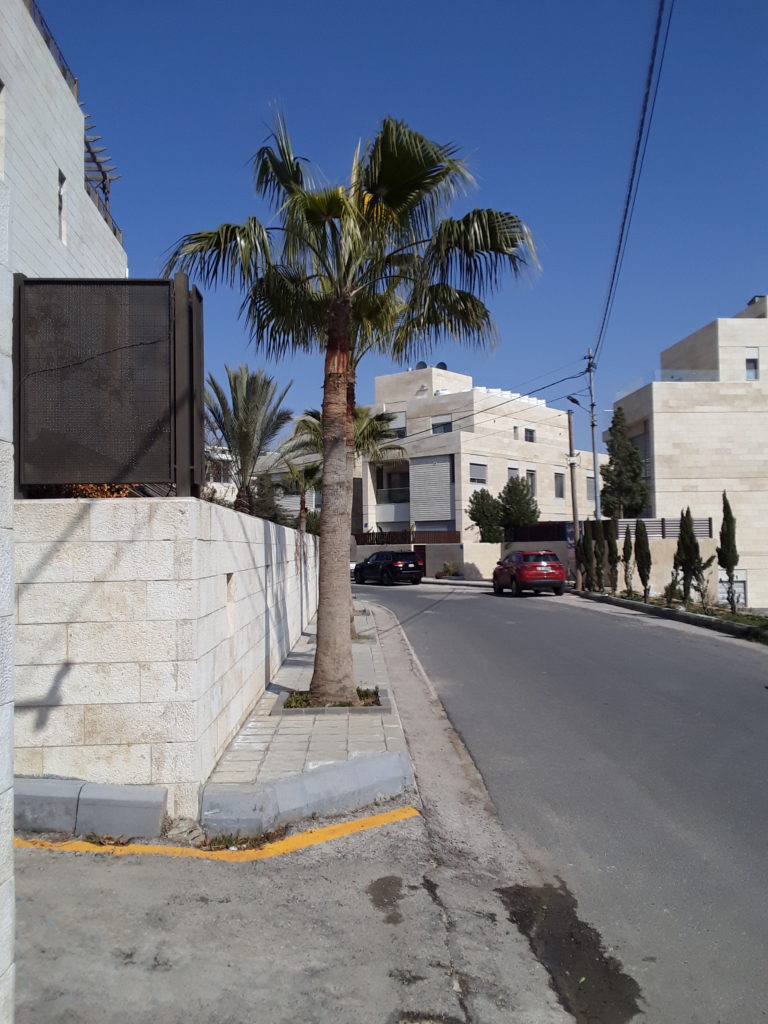


Sometimes the trees take over the sidewalk and the people get crowded off to the road. Priorities!
Before I came to Amman, I was expecting to see very little green. I knew that Jordan is a dry country, so I expected plants to be rare.
This is not the case at all! The gardens here are beautiful, and there are flowers everywhere. Right now citrus fruits are in season, and there are lemon and orange trees covered in fruit everywhere. Turns out not all U.S. stereotypes of the Middle East are accurate (to say the least!).
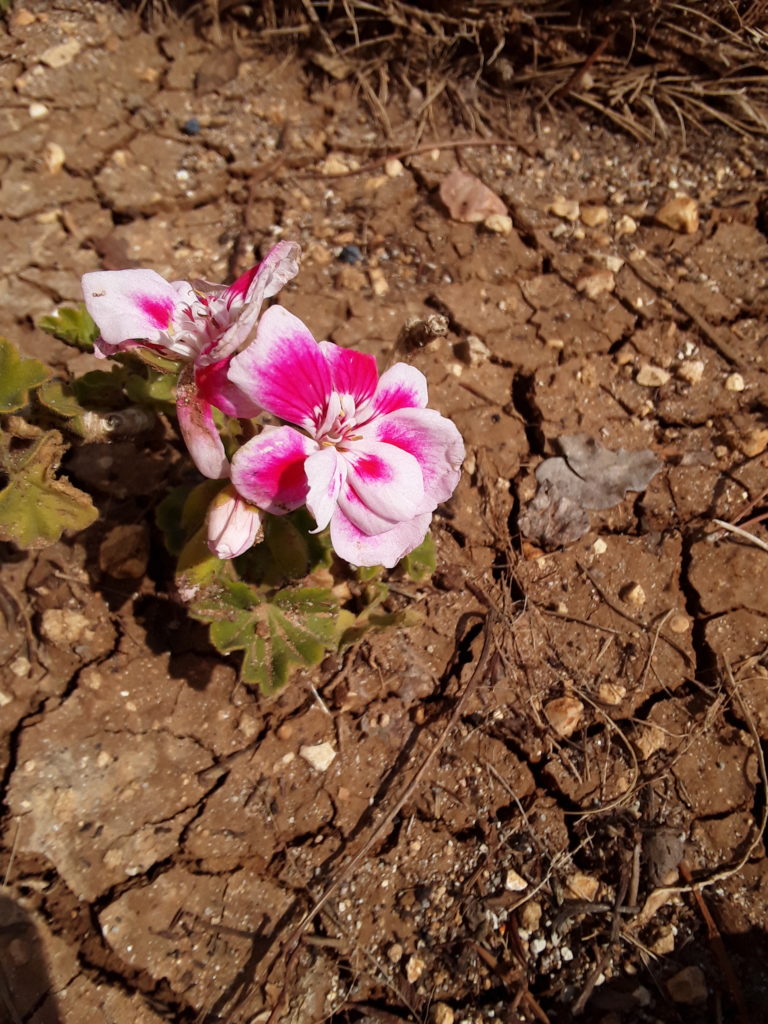
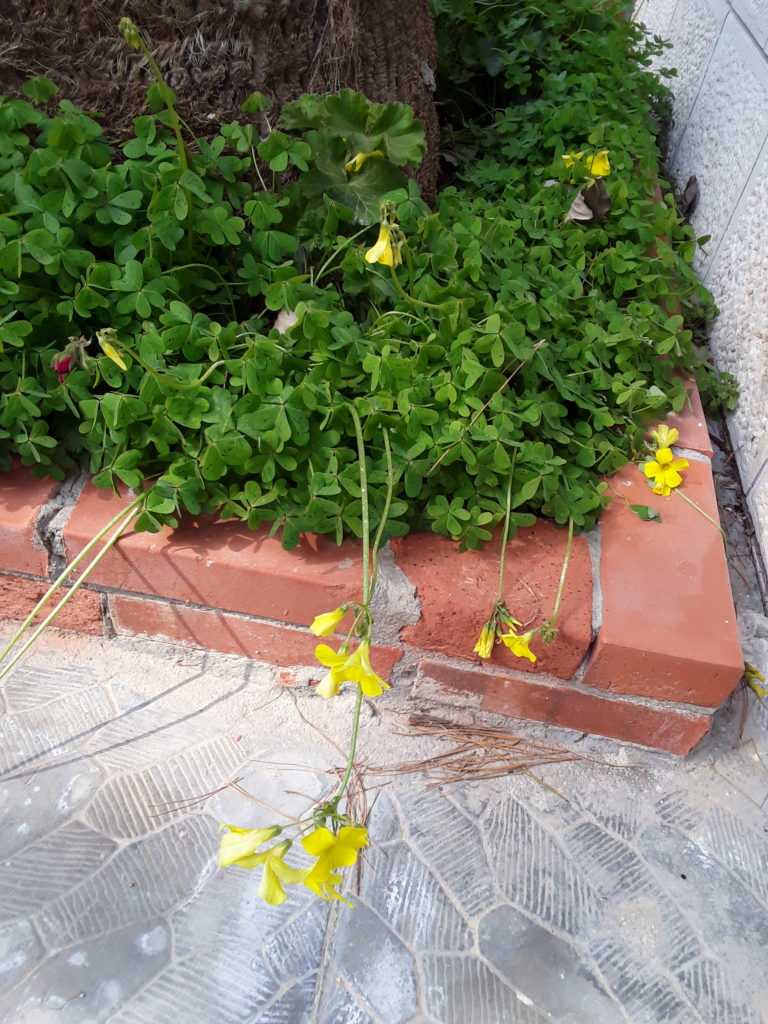
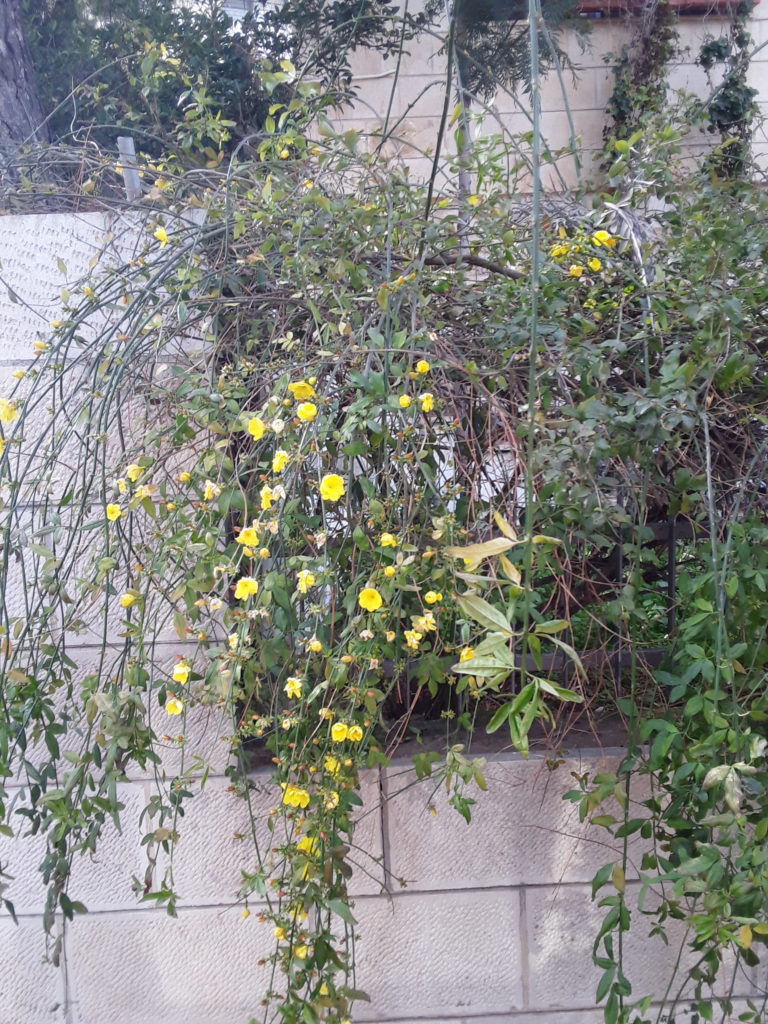

After my walk, I catch an Uber or Careem (Jordan’s version of Uber) with a few friends that live near me. Our drive to the SIT center takes about fifteen minutes, and costs between 1-2 JD. SIT gives us a stipend to cover transportation costs. Because our drive is short and we share the cost, I normally have plenty of money left over at the end of the week. That means the weekends are the perfect time for souvenir shopping!

Classes end for the day around 4:00, and we catch a ride home. The traffic going back is a lot worse, and it can take around thirty minutes to reach our neighborhood. If we arrive after dark, we take the car to each person’s house instead of walking back from our meeting point, which also adds to the commute time. Amman is a very safe city, but we’re foreigners and not fully accustomed to our neighborhood yet, so we err on the side of caution.
Learning to manage my daily commute has been one of the biggest boosts to my confidence I’ve experienced since arriving in Jordan. I’ve learned to take an uber safely, to understand street names and numbers in Amman, and to find my way. Before I left, I was terrified of getting lost in an unfamiliar city—but it turns out, it’s not actually all that scary. Google maps makes it easy to see where I am, and my host mom is always just a phone call away if I need someone to come find me.
As I’m writing this, it’s the end of my second full week in Amman. I’ve learned so much already, about myself and about the culture here. I’m excited to see what comes next as I journey down the sidewalk (see what I did there?!) of studying abroad. Bring on the trees!
